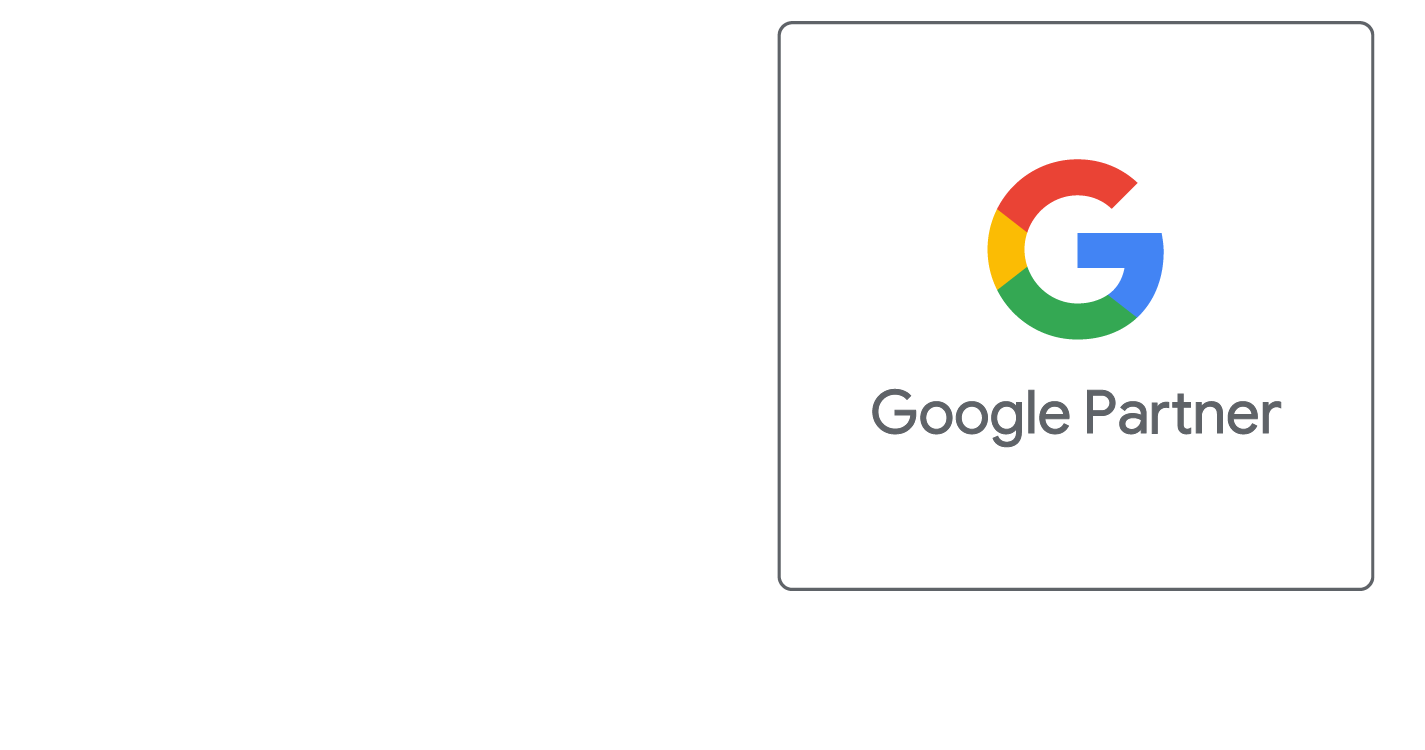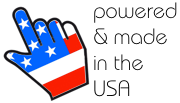Choosing the right keywords and related phrases for use in website or marketing content is unique to each individual business. Each business and its customers will use "jargon" that is specific to that industry, specialty, and often even locality/location.
With so many businesses advertising online and offline, in every industry; using proper keywords and related phrases effectively is one of several important factors to edging out the competition to reach an intended target market.
Whether optimizing online content to receive top-page ranking in natural search results (such as on Google), or creating an effective marketing campaign to drive new business; using the right keywords and phrases is imperative to campaign success.
- For online campaigns, top keyword ranking leads to relevant search traffic; relevant traffic improves any website or campaign's opportunity to increase conversion, which leads to more sales.
- With offline campaign efforts, effective keyword usage improves the chances of motivating recipients to take action, move forward, and generate additional sales or inquiries.
- Improper keywords and phrases can cause confusion and make it difficult, if not impossible, to receive targeted traffic with any campaign; whether online or offline.
- When it comes to online searches, using irrelevant keywords often causes lower ranking; in some circumstances, improper use may get a site or campaign black listed (banned) from search results.
Be Descriptive With Keywords
The first key to writing anything meaningful and effective is to be descriptive, yet concise:
- Grab the user's attention and get them to act.
- Do not cause confusion with irrelevant data, quippy-clever lines that may not be understood.
- Everything should be clear, direct and easily understandable.
After the campaign has led users online to act, then more in-depth information can be provided for those users wanting to research further.
When looking to gain increased ranking in search and advertising results, there is rarely such thing as "too much" pertinent information; pending the information is well organized, relevant, and related to the issue at hand.
- When dealing with large amounts of information, the key is to make sure the website or ad campaign uses proper titles and headings.
- The use of proper titles and headings will direct the users eye to important sections of information.
- When writing content, always avoid vague words such as "it", "that", "this" and other nondescript words.
- Pending content is written descriptively using proper nouns, adjectives, and relevant details; then the related keywords and phrases naturally develop.
Once the website or ad campaign content is written, use the following steps to help "tune-up" the content to achieve optimization.
Identifying Important Keywords & Related Phrases
Begin by identifying what keywords and related phrases are important to visitors.
There are several questions to ask to help determine the keywords relevant to the situation:
- What products or services are sold?
- What descriptive words and phrases are used by customers to describe the product or services? (Use customer jargon, the customer's own words)
- What industry specific terms (jargon) are used by employees to identify with the industry?
- What brand name (manufacturer specific) products and services does the business carry?
- What words and phrases do customers and prospects use to identify the industry?
(Using Natural Language is important as these words or phrases are often what potential customers will type into search engines to find websites. Customers may often have their own set of incorrect, or non-technical jargon they use to describe a service, product, or industry -- hence if a website or campaign is going to be found under these incorrect terms, the website must reference such non-technical jargon used by visitors)
For example:
If a campaign is about automotive repair and service, then the main keywords may be:
automotive, repair, service
The related keywords and phrases (words that relate to the above main keywords noted above) may be:
maintenance, brakes, tune-up, fluid, oil, wipers, air filter, tire pressure, alignment, etc
When search engines (like Google) index a website's content or ad campaign, they are also noting the "related & supporting" keywords and phrases.
Search engines and advertisers use "Related Keywords" to determine if a page or ad has a high probability of containing relevant information or answers that a user may desire when searching the main keywords "automotive, repair, service".
Google Ads has a free Keyword Tool, that is great to help determine relevant keywords. The program also shows how often these keywords and related phrases are searched.
Keyword & Related Phrase Placement
Once the keywords and related phrases are determined, implement these words and phrases in strategic locations throughout the web page or ad campaign.
Besides using naturally throughout the written content, some ideal locations would be:
Of all the keywords identified:
- Determine which keywords and related phrases are the top 3 to 5 keywords for the campaign.
- These top keywords should be the most important and relevant to the particular industry, product, or service.
- Include naturally in content on the website page or ad campaign being optimized.
Paragraph Headings (Titles)
When creating paragraph headings (titles), the most important and relevant keywords to that paragraph's topic should be used. A paragraph heading should be descriptive and to-the-point, yet make sense to the average reader.
When it comes to SEO coding for web pages, the best paragraph headers will use the H tag properties (header tags 1-6) to signify the importance of the heading as related to the page's content.
This is what is called semantic use of title and paragraph headings.
Semantic use of headings helps identify to both readers and search engines alike, the importance of a paragraph title heading and what is to follow.
For Example:
Here in this newsletter, the article title:
Keyword Tune-Up
is given an <h2> tag.
The article subtitle:
Choosing Effective Website Keywords & Related Phrases
is inside the <h2>, but inside a <small> tag.
Each section heading:
Paragraph Headings (Titles)
is given the respective <h3>.
This is known as semantic use of header H tags and is extremely important in good keyword optimization (SEO).
Paragraph & Body Text
The following are a few good rules to follow when writing copy (content) for website pages and campaigns:
- When writing the paragraphs, it's important to be sure to use the top keywords or phrases as early on in the paragraph as possible.
- The remainder of your paragraph should use other pertinent, supporting and related keywords and phrases throughout in a legitimate fashion.
- When closing a paragraph, it makes sense to re-iterate and use the same important keywords again at the end, thus summarizing the paragraph.
- Repeating the same keyword or phrase over and over (without cause or meaning) is considered a form of spamming. Most search engines consider this a black-hat trick, and can penalize ranking accordingly; in some cases resulting in blacklisting or banning from search engine or advertising results.
- Paragraphs should read nicely for human consumption, and be easy to understand.
- Different topics should be arranged under separate paragraphs and appropriate sub-headings.
Hyperlinks (Anchor Text)
For optimal search engine ranking, all hyperlinked anchor text (words or phrases that link to another page) used in the website content should be as follows:
- The hyperlinked anchor text should consist of the keywords or phrase that describe what is being linked to.
- If possible, try to avoid using the phrase "Click Here" for the actual link.
- When creating a hyperlink, the link should always make use of the "TITLE" property of the hyperlink. Be sure to use a title that is descriptive of what is being linked to. This will tell search engines, as well as the reader, what to expect on the other end of the hyperlink.
- If linking to an outside website (a site other than the original website) be sure to set the "target" property of the hyperlink to "_blank" so that the link opens in a new window and the visitor does not loose the original website. Failing to do so may replace the original website with the new website, thus loosing the visitor.
Images
Not all search engine spiders can read images, yet. For this reason, all images have what is called an "ALT" property which stands for alternative text.
- This ALT tag property should include human readable text describing what the image is about for those robots, spiders, or devices that cannot render (display) images.
- The ALT tag is also used by devices such as readers for the blind to interpret the image for the visually impaired.
- This tag should utilize descriptive and relevant keywords relative to what the image portrays.
It is important to use a descriptive phrase of keywords to describe what the image is about for search engines and those devices that cannot view images.
Keyword Review Conclusion
Following the above strategy when developing web and marketing content will result in a solid, keyword-optimized campaign. The above strategy should be implemented for every page, campaign, or advertisement.
With regards to overall websites, this type of optimization rarely can be done all at once; it should actually be an on-going process. It may be most affordable and effective to devote a set number of hours per week or month for review and optimization.
Following the above outlined keyword and phrase strategies will improve a website or campaign's ranking in search engines such as Google, and result in more traffic and business overall for any campaign.













